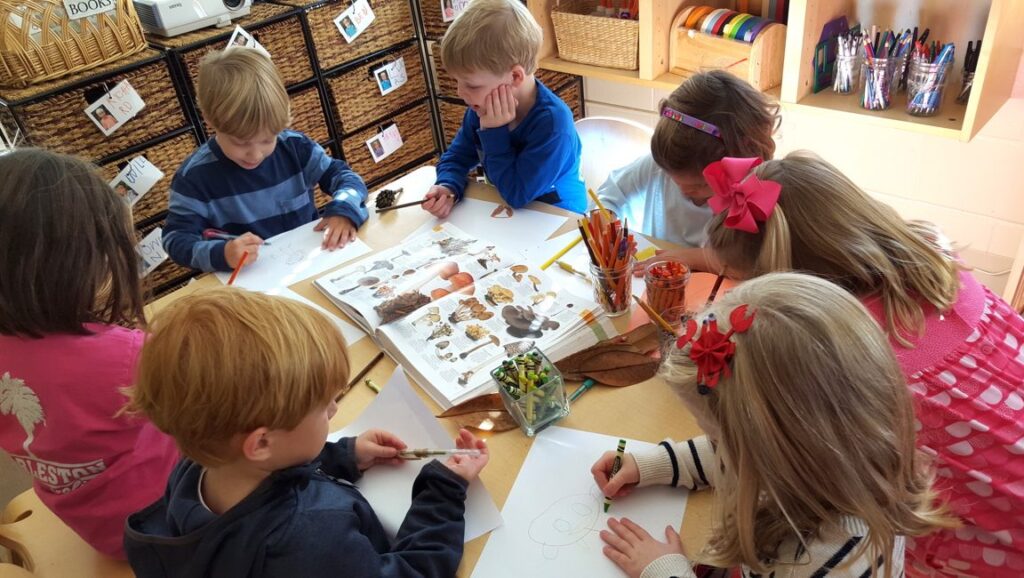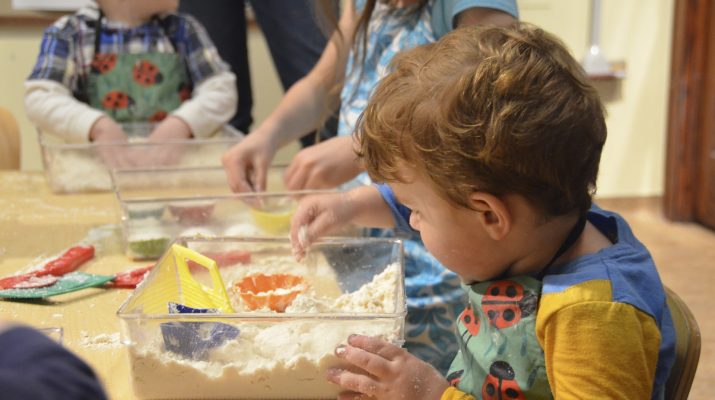The Montessori and Reggio Emilia educational approaches are two popular methods of early childhood education. Both approaches focus on creating a child-centered environment and promoting hands-on learning, but they differ in their teaching philosophies, methods, and goals. In this blog post, we will compare and contrast these two approaches to help parents make an informed decision about which educational philosophy is right for their child.
- Teaching Philosophy
The Montessori approach is based on the philosophy that children learn best when they are free to explore and discover at their own pace. This approach emphasizes the importance of self-directed learning and independent thinking. The Reggio Emilia approach, on the other hand, focuses on the importance of social interaction and collaboration in learning. The Reggio Emilia approach also values the arts and creative expression as important avenues for learning.
- Curriculum and Learning Environment
The Montessori curriculum is highly structured and based on hands-on, sensory learning. Children work with specific materials designed to develop specific skills and concepts, such as language, math, and practical life skills. In contrast, the Reggio Emilia approach is less structured and focuses on project-based learning. Children explore topics of interest to them and collaborate with others to create projects and presentations.
The Montessori learning environment is designed to be calm and peaceful, with natural materials and child-sized furniture. Children are encouraged to move freely around the classroom and choose their own activities. In the Reggio Emilia approach, the learning environment is often referred to as the “third teacher” and is designed to inspire creativity and collaboration. Materials are chosen for their aesthetic qualities as well as their educational value.

- Teacher Role
In the Montessori approach, the teacher is seen as a guide or facilitator, rather than a traditional teacher. The teacher observes the child and provides individualized instruction and guidance as needed. In the Reggio Emilia approach, the teacher is viewed as a co-learner and collaborator with the child. The teacher listens to the child’s ideas and interests and helps them develop their own learning goals.
- Assessment
Montessori education emphasizes self-assessment, with children encouraged to reflect on their own learning and progress. Teachers also observe the child’s progress and provide feedback. In the Reggio Emilia approach, assessment is ongoing and takes many forms, such as documentation of the child’s work and progress, feedback from teachers and peers, and self-assessment.
- Parental Involvement
Both the Montessori and Reggio Emilia approaches value parental involvement and communication. In Montessori education, parents are encouraged to observe their child’s progress and participate in school activities. In the Reggio Emilia approach, parents are viewed as partners in their child’s learning and are invited to participate in the educational process.

In conclusion, both the Montessori and Reggio Emilia educational approaches offer unique and valuable approaches to early childhood education. The decision about which approach to choose for your child should be based on your child’s personality, learning style, and educational goals. Ultimately, the goal of both approaches is to foster a love of learning and help children develop into confident, independent learners.

